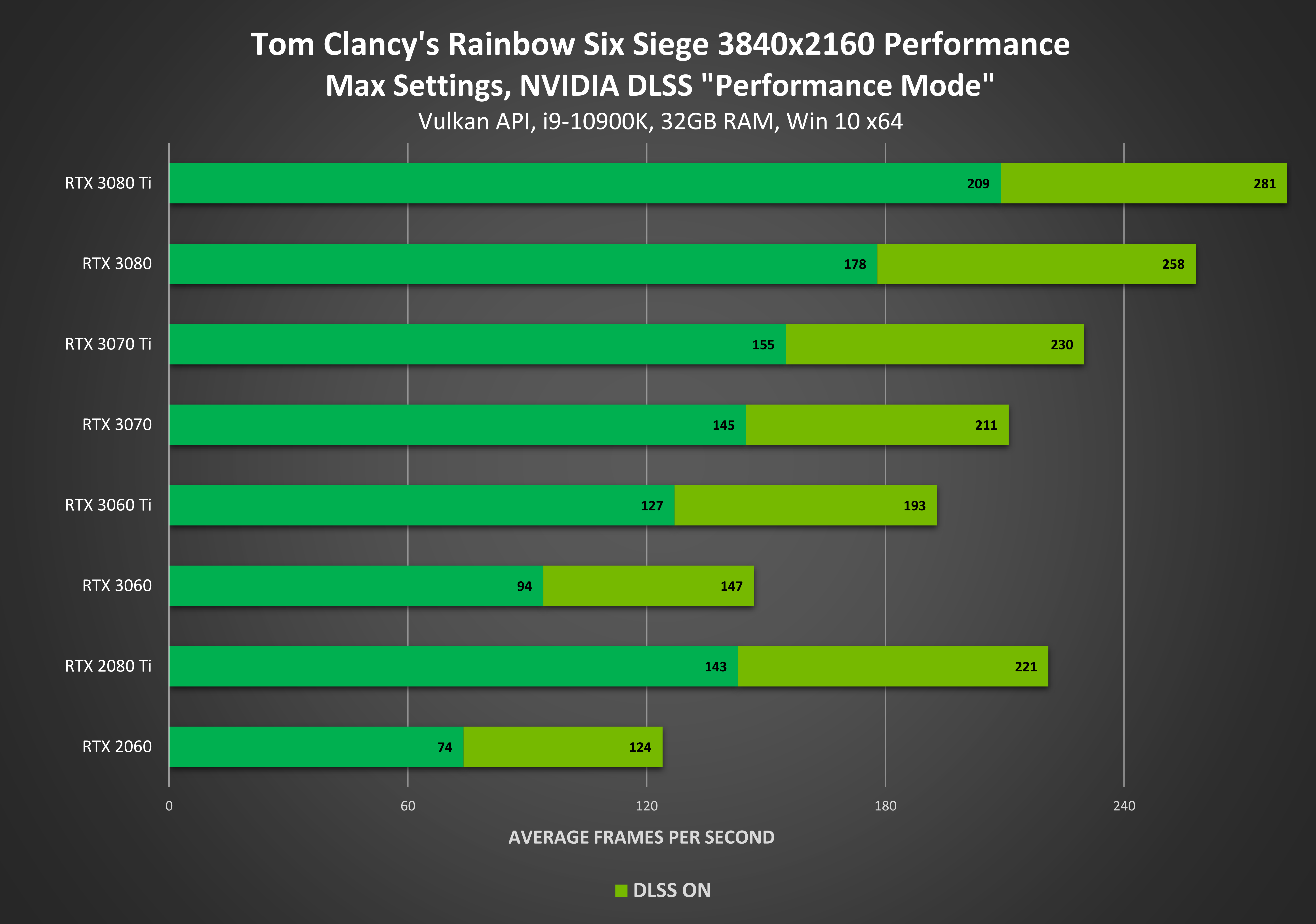NVIDIA chose to reiterate the “time feedback” technology used by DLSS at this point in time. Not surprisingly, I want to emphasize again that DLSS and AMD’s FSR are technologies of different dimensions, and also said: “Dynamic Super Resolution (DSR) and image sharpness The technology NVIDIA has provided.”

DLSS – Temporal Feedback 與 One Network For All Games
In that case, let’s review again what unique technology DLSS uses. Deep Learning Super Sampling (DLSS) technology is a technology that requires RTX GPU to be used. It uses Tensor Core to accelerate AI calculations, allowing games to select lower-resolution images and generate them through AI’s neural network. High-resolution, still sharp game images, and greatly enhance the overall game performance.
When NVIDIA launched DLSS 2.0, with Temporal Feedback technology, only 1/4 – 1/2 of the original image can be rendered to produce a picture quality comparable to the original rendering, and the sharpness of the image is increased and the dynamic picture of each frame is improved. stability.
Moreover, the new version no longer limits the resolution. Even 1080p can enable the DLSS function, and all RTX GPUs support it; and DLSS 2.0 uses a common neural network, which can be imported into various game engines faster, accelerating the development of supporting DLSS games .
DLSS 2.0 provides 3 image settings, including Quality, Balanced, and Performance, allowing players to adjust for image quality and performance. In the past, Quality and Balanced have similar image quality and fineness. Although Performance is the best, The picture quality is worse than the original rendering.

DLSS – Under The Hood
NVIDIA DLSS uses its own NVIDIA DGX Supercomputer to train DLSS deep neural networks and is included in the NVIDIA Neural Graphics Framework (NGX). The game engine has two main inputs to DLSS:
- Low-resolution, anti-aliased image
- The same low-resolution picture, but with Motion Vector information
The “temporal feedback” technology currently adopted by DLSS uses past images to inform the future. Motion Vector The motion vector will mark the information of the object moving in the screen, and then use the high-resolution image of the previous frame to calculate the image to be rendered, making the dynamic image more stable and more efficient.
DLSS uses a special AI network “Convolutional Autoencoder”, whose task is to compare and generate a low-resolution image (current frame) and a high-resolution previous frame (previous frame). A high-resolution current image (current frame) is displayed.
During the entire training process, the DLSS output image will be compared with the directly rendered ultra-high-resolution 16K reference image, and the difference between the two will be passed back to the AI network for self-training and improvement. This process may be experienced. Ten thousand times, until the AI network can produce high-resolution, high-quality images.

↑ DLSS operation model.

NVIDIA also compares the technology of Upscale and Sharpen. Using low resolution, improving image quality and adding image sharpening can indeed improve the overall game performance, but the relatively produced image quality is still poor, and DLSS uses time feedback and AI calculations allow low-resolution images to achieve image quality close to the original rendering and higher performance through DLSS technology.
The new version of DLSS also corrects the problem of unclear images and inconsistent motions of dynamic images.



For example, mainstream game engines such as Unreal Engine 4 & 5 and Unity 2021.2 support the DLSS function, and the recently popular RUST also supports the DLSS function. For example, there are more than 55 games with DLSS technology.




DLSS 2.2 update is now on the road Rainbow Six Siege
NVIDIA announced that “Rainbow Six: Siege” supports the DLSS function a while ago, and some players have discovered the DLSS dynamic link library (.dll) used in the game. The nvngx_dlss.dll has been updated to version 2.2.6.0, but NVIDIA has not There is no special update information for version 2.2.
From the performance point of view, from RTX 2060 to RTX 3080 Ti all the way to the RTX 3080 Ti, there have been quite good performance improvements, but for players who have been stuck in GTX in the past, they can only say: “Take care, everyone!”


to sum up
NVIDIA DLSS has a solid technical base, and the image quality and performance improvements it provides are quite significant. Even if AMD’s FSR technology is not innovative, it can still provide a lot of game performance improvement.
Therefore, the technology battle between the two companies is actually a higher level of “game binding battle.” Who can get the support of more game developers and game manufacturers, and use the technology provided by themselves, can get the game. Very good performance.
And Radeon Everywhere, which AMD loves to say, is not groundless. After all, RDNA 2 is exclusive to PS5, Xbox Series X | S and other game consoles, which has a lot of help for AMD technology.
Of course, NVIDIA’s strength should not be underestimated. The game, through the competition of the two major GPU manufacturers, allows players to get a better game light and game experience, and it is our players who will ultimately benefit.
